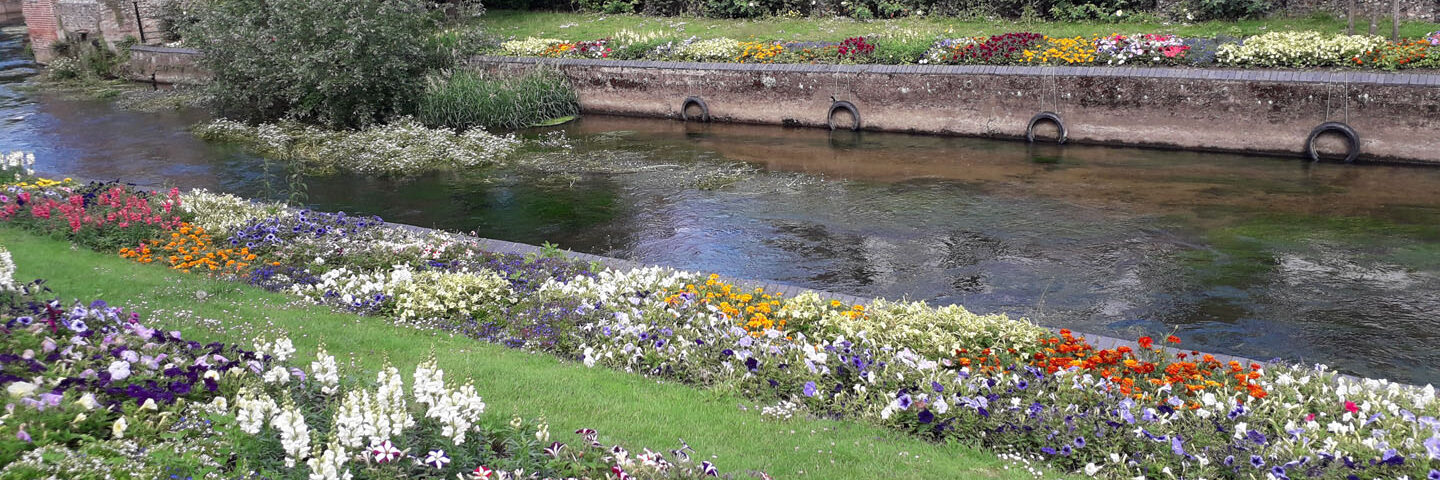by Occupational Therapist, Nichola Ryder, January 2022
This programme is to support a progression of reflection, emotional regulation, and expression, in an open positive format to express each individual’s identity and experiences.
Each session should be in a semi-structured format, welcoming attendees and offering drinks (if able). Background music should be available for attendees to choose on the day to support mood for the group, making themed to the session if suitable.
It should be openly discussed that these sessions will be touching on a wide range of topics, that may be emotional for some at times. Recognising that this is a safe place to share experiences and support one another. That if anyone wants to leave during a session, this is not a problem at all, and one of the team will check in on you to ensure you are okay. Please respect privacy of anything shared within the group and ensure we are a positive encouragement to one another during this journey.
During the sessions, each part should be demonstrated to support all of those in attendance but allow people to start straight away if they feel confident, able and motivated.
Keep promoting social interactions throughout, bringing but to the topic of focus, encouraging reflection and interactions. Remember the Power of a Name to help include everyone actively.
The programme has a basic guide that can be added to or adjusted as needed to ensure all abilities are included.
Don’t forget, art is all about expression. There are no rights or wrongs. It is the thought behind what you do and the freedom to do so! Have fun!!!
You could also watch Graysons art club or youtube videos alongside these sessions or in addition to, to provide ideas, motivation and inspiration.
www.channel4.com/programmes/graysons-art-club
NB: I will seek to add the more accessible document to download and print if it would be useful in the future.
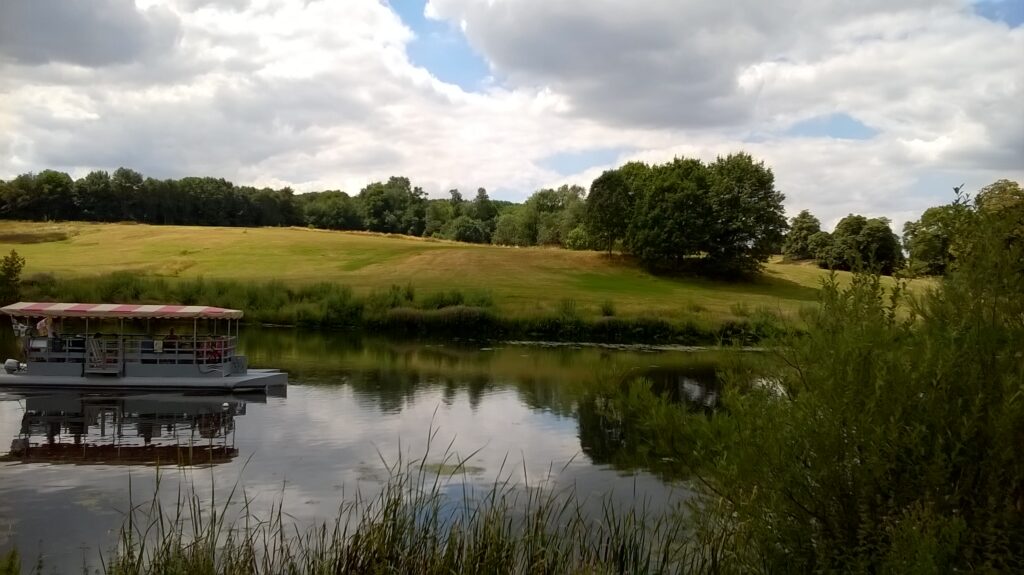
Art Therapy Programme: Weeks 1-2
Theme: Portraits
Preparation required: Find a range of portraits of different styles and genres to share across the group
Resources needed: Scrap paper, card, acrylic paper, pens, pencils, watercolours, pastels, acrylics, oils, charcel, mirrors, collage materials, ipads, (a hair drier may help to dry art work inbetween layers of work) Aprons, cleaning wipes, cover for table etc.
Risks: Sharps, emotional distress, reaction to materials, digestion of objects or slip, trip or fall
Management of risks: radio to hand at all times to access support as well as having mobile phone to hand, check allergies, promote an open positive format to provide peer support without judgement, count in and out any sharps, supervision of staff throughout. For further information, see full group guidance. Please continually risk assess and make appropriate proportionate adjustments as required
Warm up (can do one or both):
1) Will be to explore shapes, being given a choice of media, then to draw as many circles as they can within a minute. Next to repeat with squares, triangles then spirals, each time changing the media and colours used. These can be on one large sheet of paper or draft/scrap paper.
2) To draw a face without taking your pen off from the paper (can be cartoony or otherwise)
Main focus:
To look at a range of styles of portraits, discussing which ones they like and why. Considering what media or style each has used, whether it suggests any emotions or suggestion of their identity/character.
Next to pick a portrait to copy onto a sheet of paper as a practice sketch, before choosing media and type of paper to work on for the main piece.
On the following session recap last weeks and do a warm up, before giving the option to do either a self portrait or a portrait of someone else in the room. Remember the various styles that can be done – abstract, realism, cubist, expressionism etc.
Grade and adapt:
Support step at a time through mirroring/modelling how to. Provide cut out facial features, to stick and layer in a cubist or abstract manner, using mutliple materials. These could even be cut out of news paper or any item. Break down into small steps to support. Encourage the individual to choose and direct if function is low, maximising every bit of involvement along the way.
Discussion and reflection: should be done at the end of each session, supporting recognition of positives achieved from each person and a wish/hope for the next session
Provide options of where they would like their art – in their rooms, their own folder, on display or other.
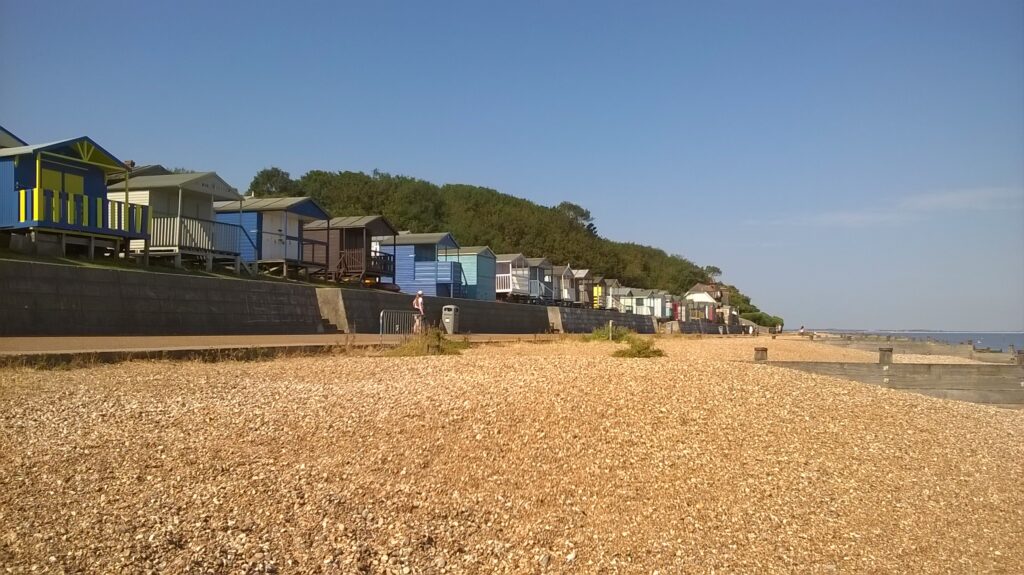
Art Therapy Programme: Week 3-4
Theme: Nature
Preparation required: Find a range of images and art works linking to nature, as well as bringing in items from outdoors (leaves, flowers, pots etc) or even doing the session outside weather dependant.
Resources needed: Scrap paper, card, acrylic paper, pens, pencils, pastels, acrylics, watercolours, oils, charcel, mirrors, collage materials, ipads (a hair drier may help to dry art work inbetween layers of work). Aprons, cleaning wipes, cover for table etc.
Risks: Sharps, emotional distress, reaction to materials, digestion of objects or slip, trip or fall
Management of risks: radio to hand at all times to access support as well as having mobile phone to hand, check allergies, promote an open positive format to provide peer support without judgement, count in and out any sharps, supervision of staff throughout. For further information, see full group guidance. Please continually risk assess and make appropriate proportionate adjustments as required
Warm up (can do one or both):
1) Give each person a large brush and a single colour of watercolour to use. Ask them to draw the outline of the item in front of them using this brush. To repeat this 3 times. Looking at the importance of shape, use of the page, that this is the starting point to build up from.
2) Ask each person to choose a pen/pencil and draw an object in front of them without looking at the paper – encouraging bodily awareness, active looking, concentration and focus.
Main focus:
To look at a range of pictures/art work considering what we like about them and why, what do you feel doesn’t work, why do you think they have worked this way, what media have they used and how does it make you feel.
Explain they can copy an image, find an image to use for inspiration, use items in the room or their own imagination.
Encourage each person to choose a style of art that they would like to explore – ask them to look at the backgrounds, what colours will they use, does it fade, will it need blending, what media. Then to start on the outlines and backgrounds of the image.
These may need time to dry or can use a hair drier to speed things along, before starting to look at blocked areas of colour, then details. It is okay if this takes both sessions or more, everyone works at different paces.
For the following session – recap the last, doing a warm up before either continuing with the last sessions work or encouraging a second piece with one difference. Such as use of a different subject, different colour scheme, different media or size of art work. This is to develop confidence in skills, use of a wider range of media and scale of work and growth of concepts.
Grade and adapt: As required – eg. grip for brushes, placement of work, coworking on imagery etc.
Discussion and reflection:should be done at the end of each session, supporting recognition of positives achieved from each person and a wish/hope for the next session
Provide options of where they would like their art – in their rooms, their own folder, on display or other.
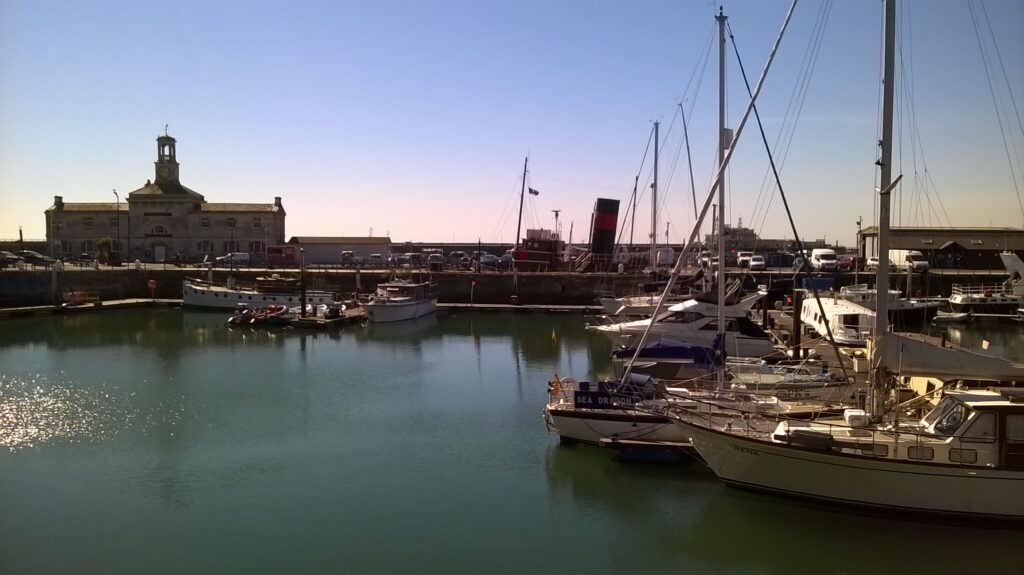
Art Therapy Programme: Weeks 5-6
Theme: Travel
Preparation required: Find a range of styles of art work that look at travel, including modes of transport. Large printed and laminated Colour wheel. Balls and boxes for the second warm up. LARGE CANVAS and MASKING TAPE
Resources needed: Scrap paper, card, acrylic paper, pens, pencils, pastels, acrylics, watercolours, oils, charcel, mirrors, collage materials, ipads (a hair drier may help to dry art work inbetween layers of work).Aprons, cleaning wipes, cover for table etc.
Risks: Sharps, emotional distress, reaction to materials, digestion of objects or slip, trip or fall
Management of risks: radio to hand at all times to access support as well as having mobile phone to hand, check allergies, promote an open positive format to provide peer support without judgement, count in and out any sharps, supervision of staff throughout. For further information, see full group guidance. Please continually risk assess and make appropriate proportionate adjustments as required
Warm up:
1) Explore blending and shading, using pencils, then pastels, then a form of paint to move across at least 2 different colours (eg. yellow to Orange, for an extra challenge keep blending to Red and Purple).
2) Ask each person to choose either a ball or box, sketching this item in pencil then prompting to add shadow (keep to one colour). As you add the shadow, areas of light become prominent and the object becomes 3D.
Main focus:
Discussions to be held around the images, asking about travels, transport, preferences and hopes for the future.
Offer choice of copying an image or using imagination etc to create their own Travels art work using a style and media of their choice. Encourage use of shading, if appropriate to their style of work. This can be done across two weeks.
If there is time on the second week, complete a large canvas of a scene that the group vote on. I would recommend it be done in a bold abstract form to enable all to take part. Sections can be masking taped to keep areas clear of paint/media.
Grade and adapt: As required
Discussion and reflection: should be done at the end of each session, supporting recognition of positives achieved from each person and a wish/hope for the next session
Provide options of where they would like their art – in their rooms, their own folder, on display or other.
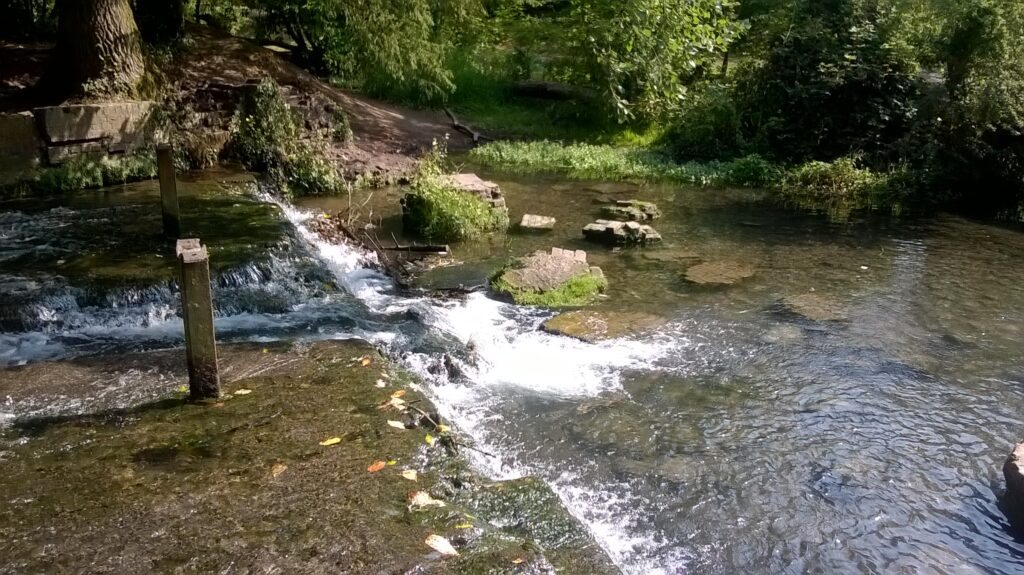
Art Therapy Programme: Weeks 7-8
Theme: Dreams
Preparation required: Look at art work on this topic that uses a wide range of styles including Pointalism (dots). Have sensory items out on the table for relaxation, as well as questions on paper/boards about dreams in all their forms. Print off some pictures to colour in as well for the warm up exercises as an option to grade. LARGE CANVAS REQUIRED
Resources needed: Scrap paper, card, acrylic paper, pens, pencils, pastels, acrylics, watercolours, oils, charcel, mirrors, collage materials, ipads (a hair drier may help to dry art work inbetween layers of work).Aprons, cleaning wipes, cover for table etc.
Risks: Sharps, emotional distress, reaction to materials, digestion of objects or slip, trip or fall
Management of risks: radio to hand at all times to access support as well as having mobile phone to hand, check allergies, promote an open positive format to provide peer support without judgement, count in and out any sharps, supervision of staff throughout. For further information, see full group guidance. Please continually risk assess and make appropriate proportionate adjustments as required
Warm up :
NB: can use preprinted pictures to help if needed.
1) Using finger painting, pens or stamps/sponges explore Pointalism to make
a picture – could be clouds, a calming beach, colours and shapes, rainbow etc
2) Using different media, complete pictures with small shapes or dashes to
make an image/scene
Main focus:
Hold a discussion around dreams, considering what comes to our minds when sleeping,
as well as dreams for the future. Reflect on hopes and emotions around this in a careful,
respectful manner. Encouraging positive open dialogue. Look at images and discuss
Encourage each person to plan then make their own imagery of dreams using a style and
media of their own choice.
On the second week, they can do a warm up and reflect on the previous week, then have the choice to continue with the previous art work or join to do a group canvas. The group should vote on an image, then work together to use pointillism to complete
Grade and adapt: As required, with outlines, adaptive equipment, graded staff support etc.
Discussion and reflection: should be done at the end of each session, supporting recognition of positives achieved from each person and a wish/hope for the next session
Provide options of where they would like their art – in their rooms, their own folder, on display or other.
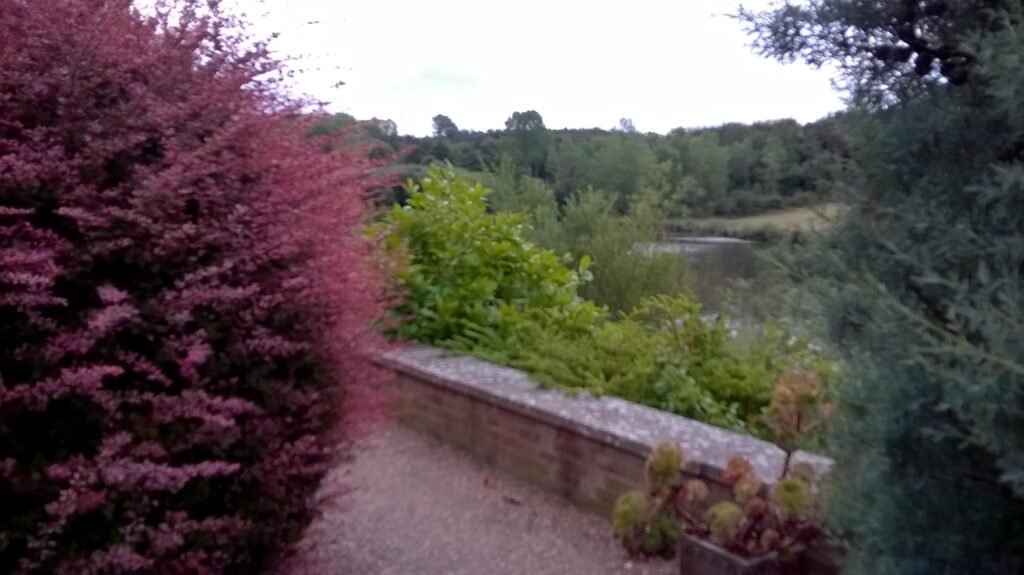
Art therapy Programme 9-10
Theme: Animals
Preparation required: Images and animal related items (cushions, models, etc). Examples of each item premade.
Resources needed: Clay, Quilling materials, fabrics, buttons, paper mache items (glue and paper) and a general range of items that have not yet been used within the sessions (wood worked models etc). Aprons, cleaning wipes, cover for table etc.
Risks: Sharps, emotional distress, reaction to materials, digestion of objects or slip, trip or fall
Management of risks: radio to hand at all times to access support as well as having mobile phone to hand, check allergies, promote an open positive format to provide peer support without judgement, count in and out any sharps, supervision of staff throughout. For further information, see full group guidance. Please continually risk assess and make appropriate proportionate adjustments as required
Warm up:
Have each of the new/different materials out and available, demonstrate how to use each item, then encourage individuals to try each to make a small animal based item. Remember there is no right way with art, don’t be scared to try something new/different.
Main focus:
Share stories and experiences with animals over the years, asking about most unusual animal encounters, to favourite animal and any pets. Look through images and resources, considering composition, materials, colours, poses etc.
Then choose an item/image available, research using the ipad/books or use imagination to plan then create a piece of art.
This can be done across two sessions, or for the second session, once a warm up and recap has been done, encourage to work on a team large scale paper mache animal that everyone votes on, then jointly builds the frame and creates. Due to drying time, this may need a longer session or even to be done across 3 sessions!
Grade and adapt: As required. Remember, if unsure, talk to the OT and other team members. Encouraging safe independence and maximum engagement throughout!
Discussion and reflection: should be done at the end of each session, supporting recognition of positives achieved from each person and a wish/hope for the next session
Provide options of where they would like their art – in their rooms, their own folder, on display or other.
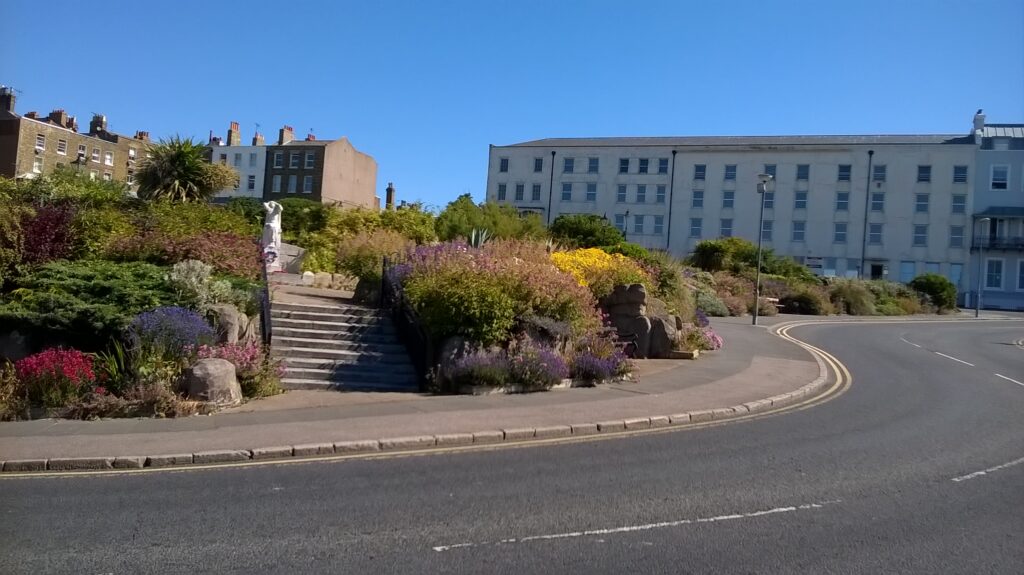
With thanks to:
- https://www.theothub.com/
- https://www.theottoolbox.com
- https://www.nhsggc.org.uk/kids/healthcare-professionals/paediatric-occupational-therapy/fizzy-programme/
- https://www.yourtherapysource.com
- https://www.ottoolkit.com/
- https://www.toolstogrowot.com/
- https://www.rcot.co.uk/practice-resources
- https://www.otresourcescentral.com/
- Taskmaster – All 4 (channel4.com)
- Grey sons Art Club – channel 4
